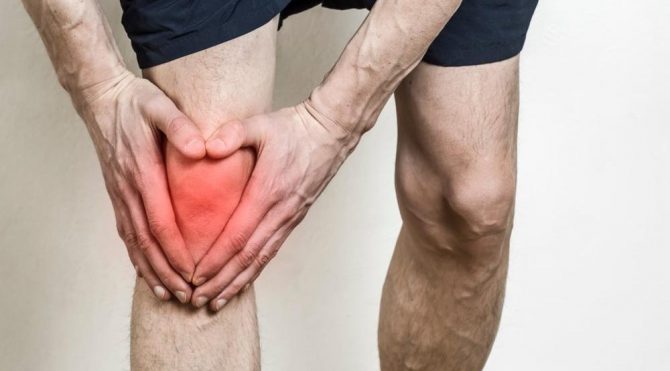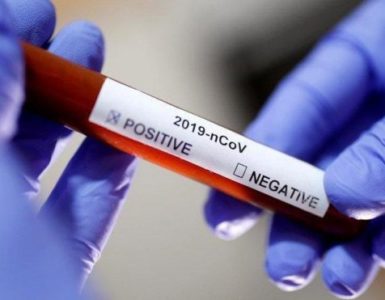Meniscus tears usually occur in sports accidents in young people, and they occur due to the wear of the body in the elderly. Now, how is the meniscus understood? Let’s take a look at what should be known about its symptoms and treatment…
WHAT IS MENISCUS?
The meniscus is a crescent or “c” shaped cartilage disc in the knee. There are two meniscus in each knee. These are the medial meniscus on the inside of the knee and the lateral meniscus on the outside of the knee. Meniscus serves a very important function in the knee.
Our meniscus acts as a shock absorber or cushion to minimize stress in another type of cartilage we have in our knee, called articular cartilage. The articular cartilage covers the ends of our bones within the joints. By protecting the articular cartilage, it helps prevent the onset of meniscus arthritis. The meniscus also serves to improve knee stability.
Menisci are often injured as a result of impact-trauma and are often seen in young athletes. However, it is not uncommon in calcification-related tears seen in elderly patients. The most common mechanism of occurrence is that the body rotates on the knee while the foot is fixed on the ground. It is on the side of the foot that steps on the ground during the landing, or on the side of the foot that stays on the floor while the ball touches the ball.
HOW TO UNDERSTAND THE MENISCUS?
The first complaint encountered when the meniscus tears is pain and swelling. The pain in the knees as the stairs go up and down, sit up or go uphill starts to give the first signals of damage to the meniscus. A knee-locked knee cannot be fully opened or closed. This indicates that the ruptured meniscus is preventing joint movements. Sensitivity with pressing on the meniscus, sound during movements from the joint, and sudden stinging pain are other possible findings.
MENISCUS TREATMENT
In the treatment of meniscus, repair methods are preferred in order to protect the cartilage structures at a young age and to prevent joint damage in the future.
As with any knee injury, early application of cold, rest and immobilization are the first applications that should be performed. Pain relievers are used to relieve the patient and reduce edema. Then, it is decided whether surgery is required according to the condition of the meniscus tear. In meniscal tears, if there is pain and affects daily life, surgery should be considered.
The methods that can be applied frequently when the meniscus tears are:
– Menisectomy: It is a method in which a new C shape is given by preserving the solid part of the meniscus where the ruptured part is removed. It is applied in the tears in the inner part of the meniscus, where there is no chance of healing, and in torn pieces that cannot be sutured, in advanced worn tears. When performed arthroscopically, there is a very fast recovery period and the patient can stand up on the same day.
– Meniscus repair: Not suitable for every ripped repair. It is a method that can be applied if there is a non-fragmented rupture in the vascular part on the outer 1/3 part of the meniscus and the young patient. Arthroscopic repair is possible and the results are better than open surgery. However, the healing process is longer than in patients with a ruptured part of the meniscus (menisectomy).




